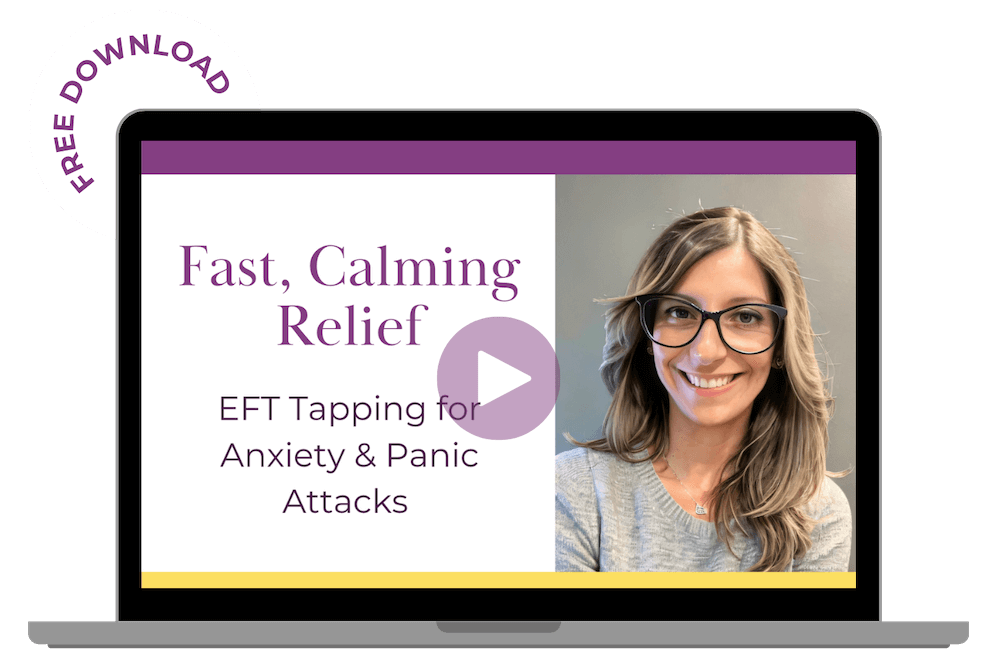Introduction: Anxiety is a prevalent mental health condition that affects individuals of all genders, but its manifestation can be particularly complex for women due to the influence of hormonal fluctuations throughout the menstrual cycle. Understanding the relationship between anxiety and the menstrual cycle is crucial for women’s mental health management. In this blog, we’ll explore how hormonal changes during the menstrual cycle can affect anxiety levels and offer strategies to cope with these fluctuations effectively.
- The Menstrual Cycle and Hormonal Fluctuations:
- The menstrual cycle is divided into four phases: menstruation, follicular phase, ovulation, and luteal phase.
- Hormonal fluctuations, particularly changes in estrogen and progesterone levels, occur throughout the menstrual cycle, influencing mood, energy levels, and anxiety.
- Anxiety During the Menstrual Cycle:
- Premenstrual Syndrome (PMS): Many women experience mood changes and heightened anxiety in the days leading up to menstruation, known as premenstrual syndrome (PMS).
- Premenstrual Dysphoric Disorder (PMDD): Some women experience severe PMS symptoms that significantly interfere with daily life, known as premenstrual dysphoric disorder (PMDD), which can include intense anxiety, irritability, and mood swings.
- Hormonal Influences on Anxiety:
- Estrogen: Fluctuations in estrogen levels throughout the menstrual cycle can affect neurotransmitter activity in the brain, influencing mood regulation and anxiety levels.
- Progesterone: Changes in progesterone levels, particularly during the luteal phase, can contribute to feelings of anxiety and irritability in some women.
- Coping Strategies for Managing Anxiety During the Menstrual Cycle:
- Track Your Cycle: Keep a menstrual cycle calendar or use a period-tracking app to monitor changes in mood and anxiety throughout the month, allowing you to anticipate and prepare for potential fluctuations.
- Practice Self-Care: Prioritize self-care activities such as exercise, healthy eating, adequate sleep, and relaxation techniques to support overall well-being and minimize the impact of hormonal fluctuations on anxiety levels.
- Stress Management: Engage in stress-reduction techniques such as deep breathing, mindfulness meditation, yoga, or progressive muscle relaxation to help regulate cortisol levels and reduce anxiety during times of hormonal fluctuation.
- Seek Support: Reach out to friends, family members, or a mental health professional for support and validation during periods of heightened anxiety, recognizing that you’re not alone in your experience.
- Consider Hormonal Birth Control: For some women, hormonal birth control methods such as the pill, patch, or hormonal IUD can help regulate hormonal fluctuations and alleviate symptoms of PMS or PMDD, including anxiety.
Conclusion: Navigating anxiety during the menstrual cycle can be challenging, but with awareness and proactive self-care, women can effectively manage symptoms and maintain mental well-being throughout the month. By understanding the influence of hormonal fluctuations on anxiety levels and implementing coping strategies such as cycle tracking, self-care practices, stress management techniques, seeking support, and considering hormonal birth control, women can empower themselves to navigate the complexities of their menstrual cycles with greater ease and resilience. Remember that managing anxiety is a journey, and it’s essential to prioritize self-compassion and seek support when needed to achieve optimal mental health and well-being.







